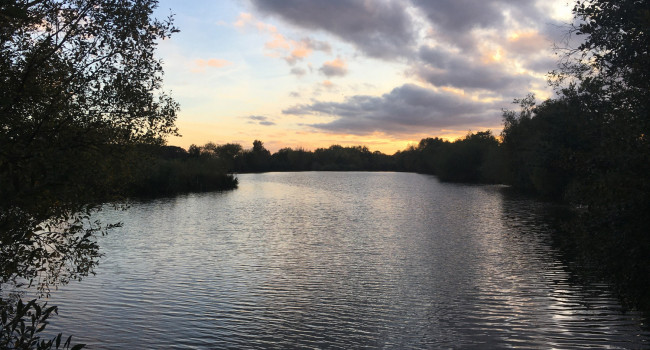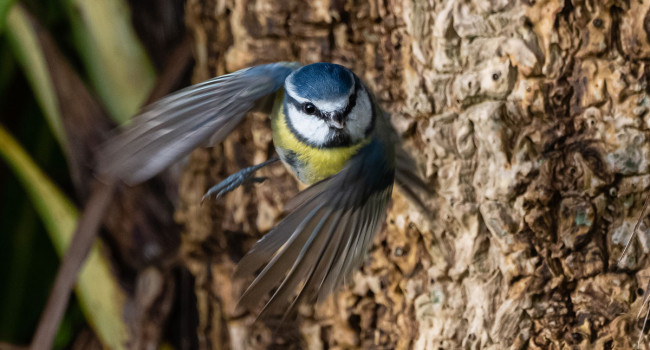The environmental predictors of spatio-temporal variation in the breeding phenology of a passerine bird
Author(s): Shutt, J.D., Cabello, I.B., Keogan, K., Leech, D.I., Samplonius, J.M., Whittle, L., Burgess, M.D. & Phillimore, A.B.
Published: August 2019 Pages: 9pp
Journal: Proceedings of the Royal Society B Volume: 286
Article No.: 20190952
Digital Identifier No. (DOI): 10.1098/rspb.2019.0952
Warmer springs have seen many of our birds breeding earlier, but scientists still do not know how they actually decide when to start building nests and laying eggs. Do they respond directly to temperature or do they respond to other aspects of their environment that change in spring like days getting longer, trees coming into leaf or more food becoming available? A team of biologists from the University of Edinburgh in collaboration with the RSPB, BTO and the Woodland Trust, set out to answer this question for Blue Tits, collecting information from 40 sites in Scotland over five years.
The team found that temperature does play a role, but that night-time temperature is particularly important. This could show that cold weather constrains when Blue Tits are able to start the very energetically costly processes of building nests and laying eggs. On top of this they found that birds lay earlier when birch trees come into leaf earlier and this is some of the first evidence that birds are using trees as a cue for timing their breeding. That birch trees are used more than other tree species in the landscape may be due to their comparably early leafing.
As a follow up step, the authors wanted to check whether their findings could be transferred to a much larger geographic scale and longer time-period. To do this they used observations from two citizen science projects that focus on phenology (the timing of biological events) in the UK, the Woodland Trust’s Nature’s Calendar and the BTO’s Nest Record Scheme. Encouragingly they found very similar effects of temperature and birch leafing in these larger data sets, giving confidence in the findings. Working out what information a bird uses to time breeding is key to us accurately predicting how their timing may change under future conditions and what effect this will have on them.







Share this page